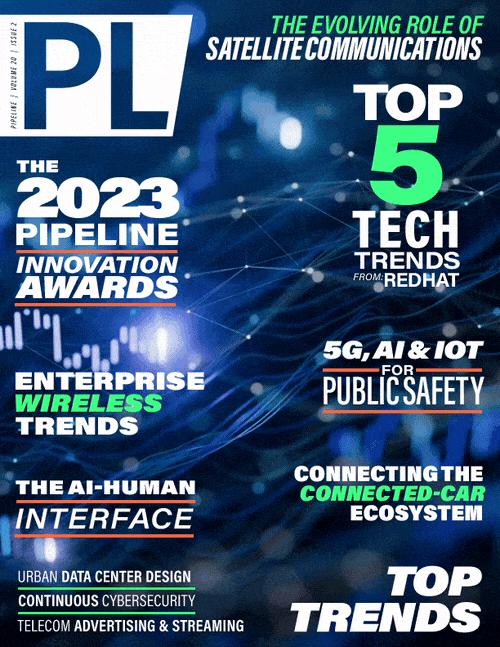Growing Role of Communications
in the Public Safety Industry

The role and importance of communications is rapidly growing across all sectors of society. Integration of new and evolving technologies such as the cloud, IoT, artificial intelligence, and 5G with communications is no less than redefining how we do things. Indeed, industries throughout the world are already reaping the benefits of this transformational development.
However, despite operating in one of the most mission-critical industries, many first responder agencies, such as police departments, firefighters, and emergency medical technicians, are lacking many of the intelligent systems that are increasingly prevalent in almost every other industry. And that is not all. Other key health and safety professionals are also affected by the lack of advanced systems, including dispatchers, doctors, nurses, and search and rescue personnel.
By the nature of its business, public safety cannot afford any downtime, failures, or delays, and must have the capacity to quickly scale in response to a potential catastrophe. Reliable, real-time communications are critical to its services. But emergency communication systems are complex and expensive. The majority consist of diverse, customized applications, access to multiple networks, and the integration of many devices. Administering these systems is an arduous task for which local government entities such as police departments, fire, or emergency squads have become responsible.
According to a piece published by National Institute of Justice, interoperable communications continues to be one of the top national issues facing our first responders and public safety officials. The onus is on government agencies to manage and maintain these disparate communications: body cameras, dashboard cameras, radio, mobile devices, PCs, and tablets. Each has its own system and set of processes to record, archive, gather data, and correlate video. These time-consuming, complex manual processes hinder the capabilities of first responders to get a complete view of a situation or to rapidly respond to a life-threatening event.
First responders put their lives on the line every day to protect and serve their communities. They have one of the hardest jobs imaginable. Reliable, real-time interaction from multiple, interconnected IoT field devices can have a enormous impact on the outcome of an emergency, but government agencies are often limited in their options for communications systems. This can be due to how much control a company has over the emergency services, or to issues related to the network provider or the connected end devices. Such limitations have hindered the intelligent integration of technologies such as cloud computing, 5G, Artificial Intelligence (AI), and IoT, into critical government agencies.
Local government is tasked with managing multitudes of devices, including mobile devices such as smartphones or tablets, and IoT devices such as cameras, sensors, security systems, detectors, and wearable devices. Agencies must scale the devices to meet the needs of their given departments, securely connecting and integrating the devices to a network while accounting for the associated costs and providing in-house device expertise.
If the devices or related applications are managed from the cloud, it is also critical that agencies ensure that the cloud hosting the applications is operating as a dedicated, secure environment, and that the wireless network is reliable and secure. If cloud processes are not well-integrated with the network, managing the devices may be extremely complex, expensive, and time-consuming.
5G’s critical role
The global impact of 5G promises to be significant, with 5G technology adding an estimated $1.3 trillion to global GDP by 2030. To harness its power in the coming decade, government at every level is investing time and resources into its implementation. And for a good reason: 5G is positioned to transform state and local government operations and drive innovation across many vital civic functions – driving smart city capabilities, enhancing community interactions with government, and increasing the efficiency and safety of first responders and field workers.



















